Free Shipping | 30 Day Returns | Mix & Match Sitewide
Free Shipping | 30 Day Returns | Mix & Match Sitewide
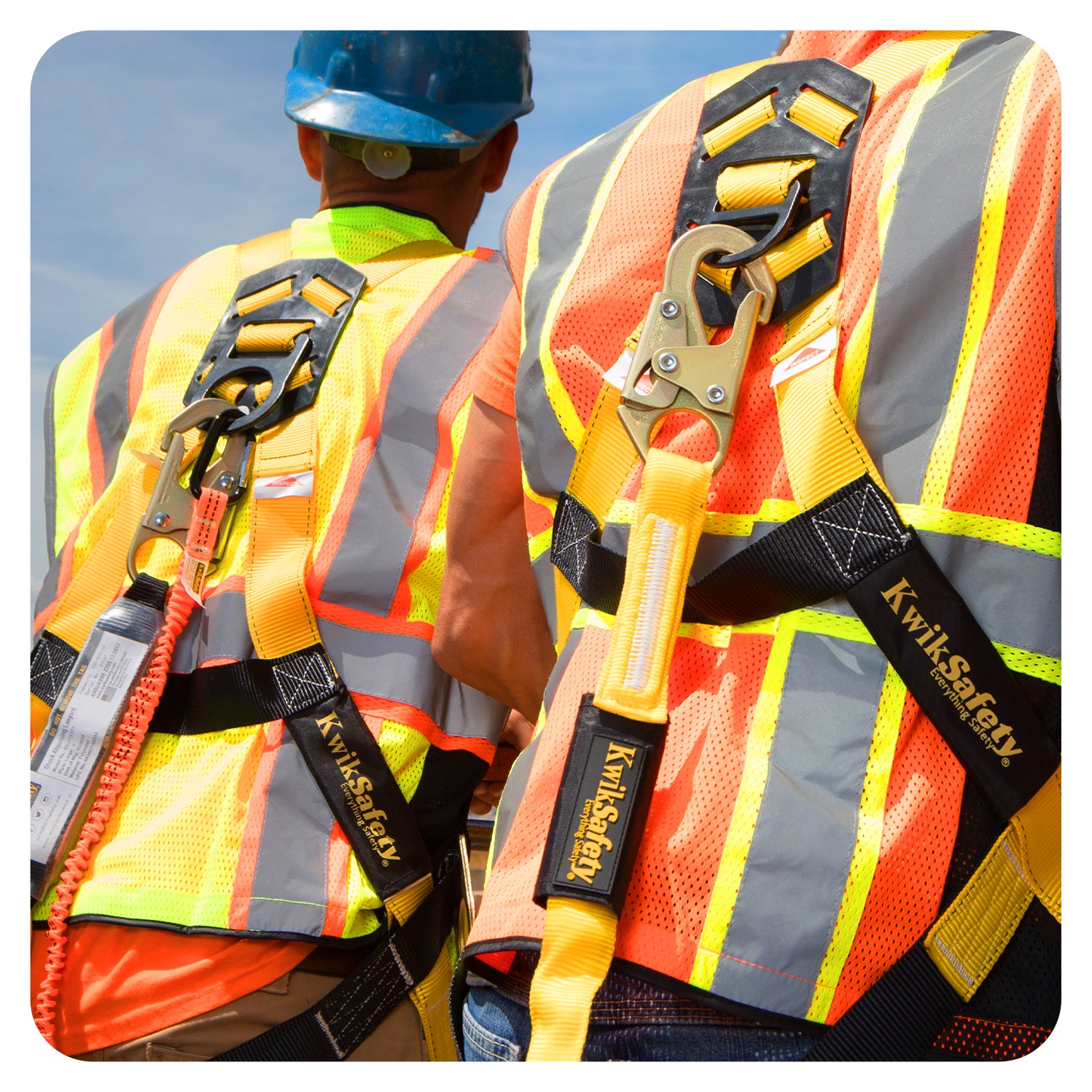
Discover our premium selection of fall arrest lanyards, crafted to deliver superior fall protection and unmatched reliability. From tubular to flat designs, each fall restraint lanyard ensures that your safety remains uncompromised, no matter the task at hand.
With a range of features such as durable webbing and high-strength hooks & connectors, our safety harness lanyards are ideal for various job sites and industrial environments. Engineered for easy attachment & maximum versatility, our fall harness lanyards are built to withstand the rigors of demanding work while also exceeding compliance with safety standards.
Browse our collection today to ensure your peace of mind with our high-quality fall protection harness lanyards, designed to keep you securely protected so you can confidently focus on the job!
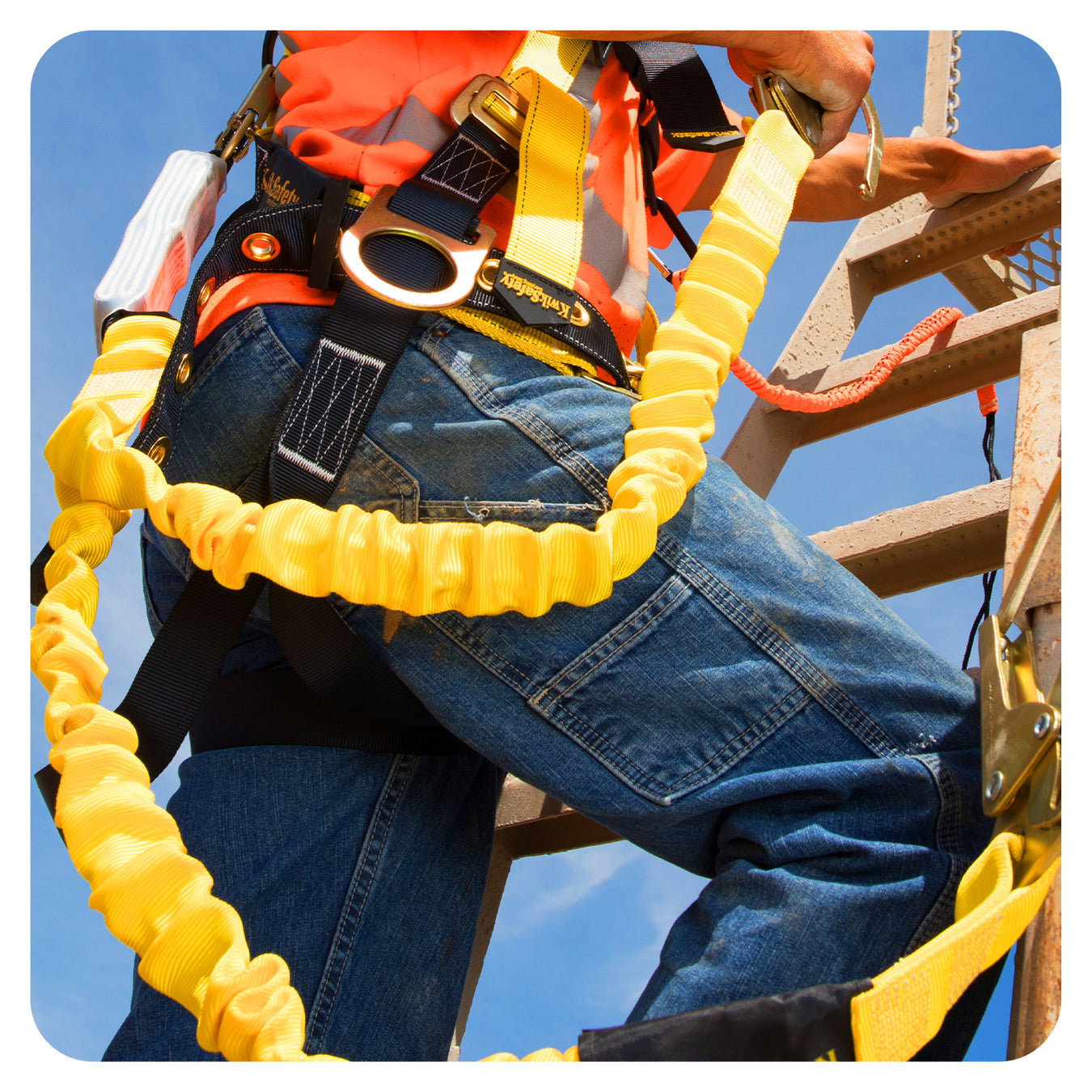
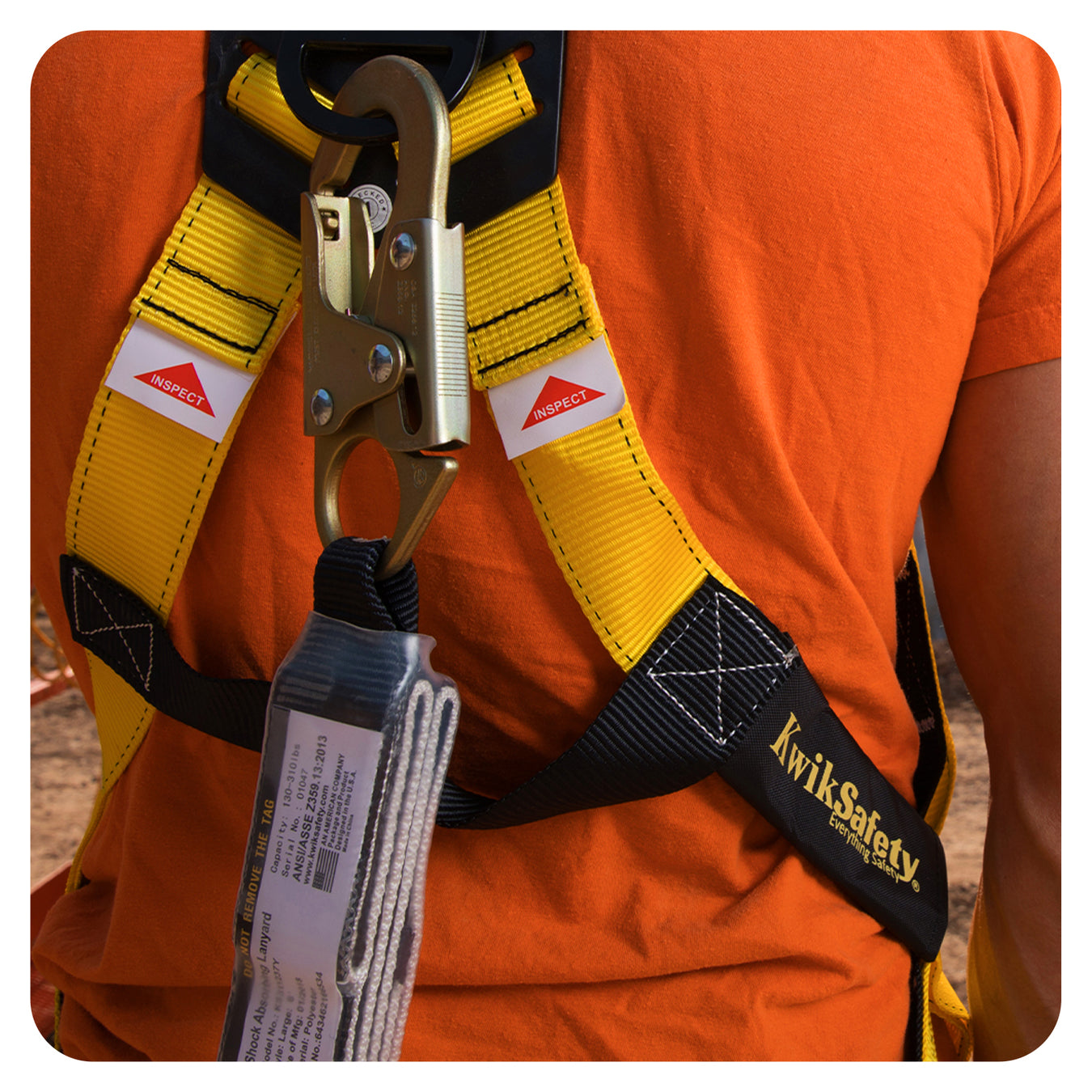
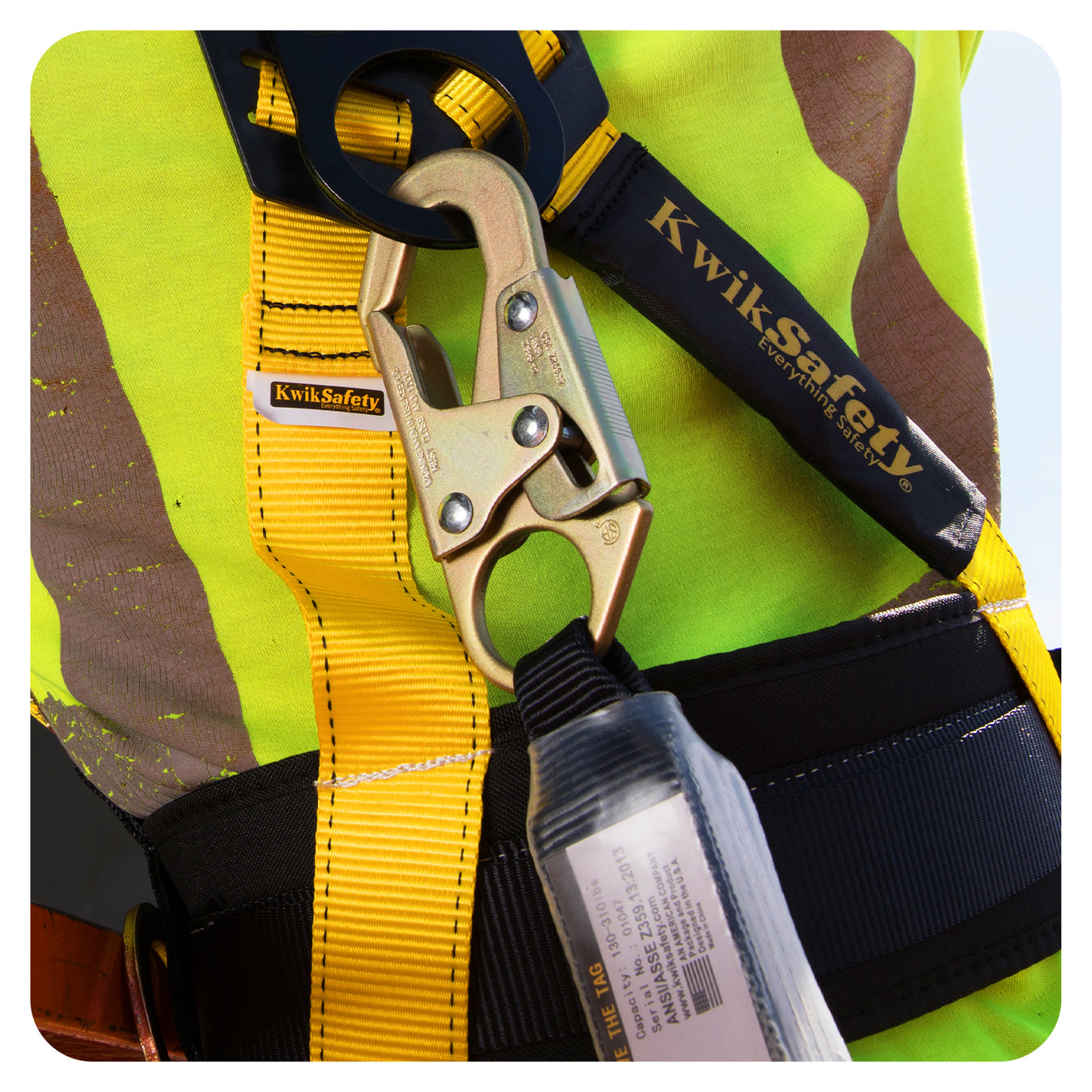
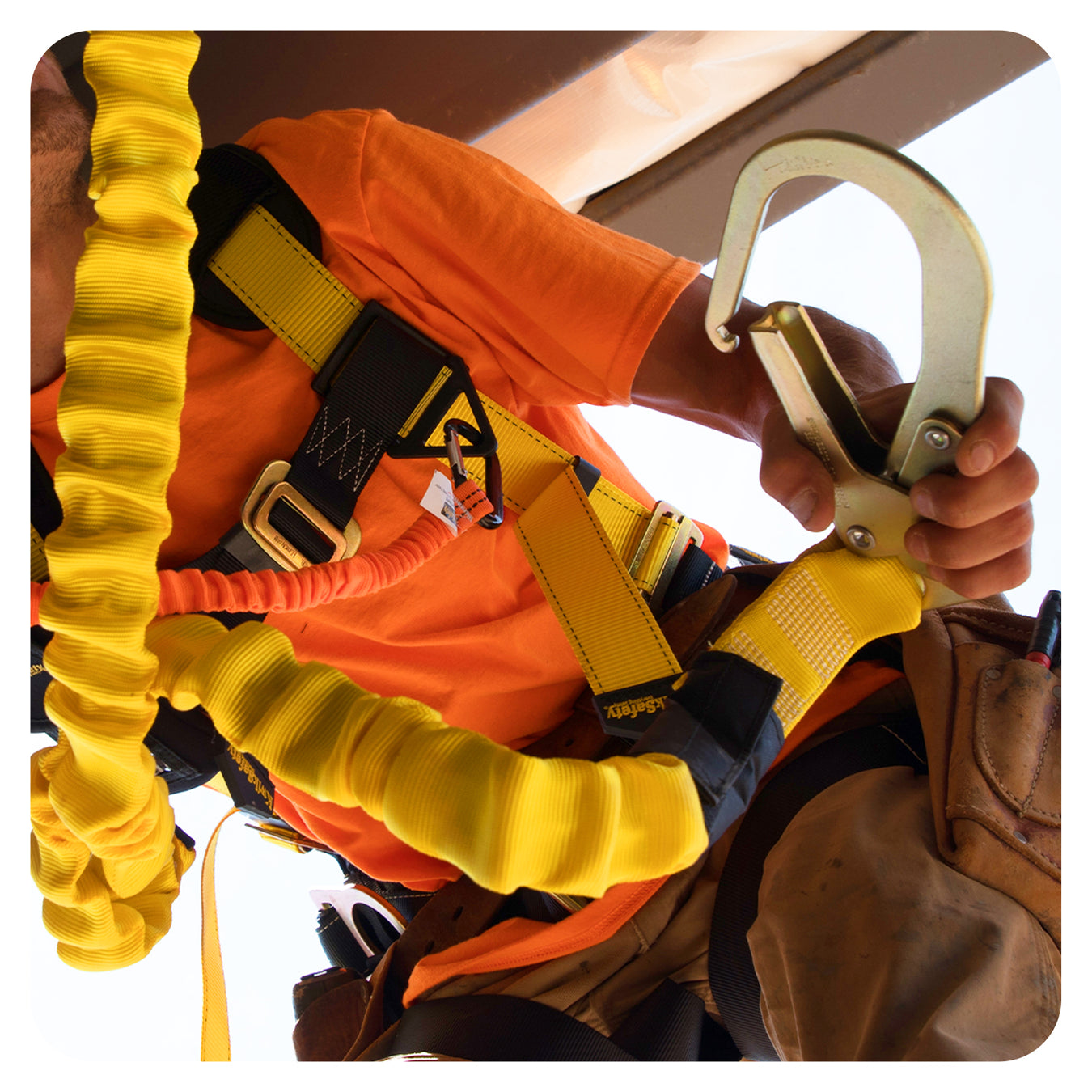
A safety lanyard is used as part of a personal fall arrest system (PFAS). It connects a full-body harness to an anchorage point or lifeline to arrest a fall or limit a worker's movement. There are different types of lanyards, including shock-absorbing lanyards for fall arrest and positioning lanyards for work restraint or support.
Safety lanyards don’t have a set expiration date, but they must be inspected before each use and at least annually by a competent person. If a lanyard shows signs of damage or wear, it must be removed from service immediately. Most manufacturers recommend replacement every 5 years under normal use, but actual lifespan depends on frequency and conditions of use.
OSHA requires that lanyards be part of a personal fall arrest system that limits arresting force to 1,800 pounds. They must be used with anchorage points that can support 5,000 pounds per worker. Lanyards must also limit free fall distance to 6 feet or less and be inspected regularly.
First, put on and adjust your harness so it fits snugly. Attach the lanyard to the D-ring on the upper back of the harness and connect the other end to an approved anchor point. Make sure the lanyard isn’t twisted and allows for safe movement with limited fall distance.
You can buy ANSI and OSHA compliant lanyards directly from KwikSafety. We offer shock-absorbing, positioning, single-leg, and double-leg options for different jobsite needs. Our lanyards are built for durability and comfort in demanding conditions.
A harness lanyard is a safety line that connects a worker’s full-body harness to an anchor point. It helps stop a fall or limit movement in hazardous areas. Some lanyards also include shock absorbers to reduce fall impact.
The ANSI Z359.13 standard outlines the performance requirements for energy-absorbing lanyards. It covers strength ratings, free fall limits, and labeling requirements. This standard ensures lanyards can handle real-world fall scenarios safely.
Shock-absorbing lanyards are used for fall protection. These reduce the force of a fall by gradually slowing the worker down. They can come with internal or external shock packs and are available in single- or double-leg versions.
A safety harness is worn on the body to distribute fall forces across the chest, shoulders, and legs. A lanyard is the device that connects the harness to an anchor point. The two work together as part of a fall protection system.
Breakaway lanyards are typically designed for ID badges, not fall protection. They detach under force to prevent choking hazards but are not rated for safety or load-bearing use. Never use breakaway lanyards in place of ANSI-compliant fall protection equipment.